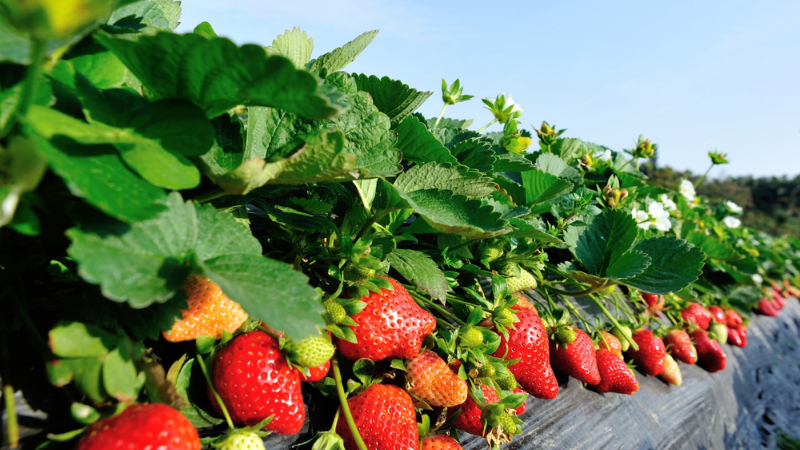Precision Nutrient Application in the Sights of North Florida Farms
Researchers at the UF/IFAS North Florida Research and Education Center – Suwannee Valley recently received a $1.8 million award for a 5-year project to develop precision nutrient application methods for the region. The on-farm project focuses on placing crop nutrients directly to the root zone following the “Right Placement, Right Timing, Right Source, and Right Amount” (4 Rs) principles of nutrient management.
According to UF/IFAS, the precision nutrient application project will demonstrate best management practices beginning with corn producers in the Suwannee Valley region. One aspect of the project is to determine the cost of adopting this management practice on the scale at which farmers in the region operate.
“The most common way to apply nutrients in many areas of the U.S. is by broadcast application, because it can be accomplished quickly and is perceived to be more cost-efficient,” says Charles Barrett, a UF/IFAS Extension Regional Specialized Agent for water resources based in Suwannee Valley. “This project will demonstrate the correct application of nutrients by the row to reduce nitrogen losses, making it easier for plants to access the nutrients they need to grow. The economic analysis built into the project will help us determine where cost increases and decreases are for the farm operation and help us provide guidance on how to adopt this practice most cost effectively”
The project was developed and supported by the Suwannee River Partnership, which is a collective of public and private stakeholder and agency groups that meet to plan research-based solutions to protect the region’s water resources. The partnership is funded by the Florida Department of Agricultural and Consumer Services – Office of Agricultural Water Policy, Suwannee River Water Management District, and Florida Department of Environmental Protection.
The techniques used in this upcoming project have already been applied on-farm once with great success, Barrett notes.
“One grower we have partnered with has already reduced his yearly nitrogen use by 250,000 pounds and has saved 200 million gallons of water using precision nutrient application techniques and soil moisture sensors,” he says. “We are excited to build on this success and to showcase the ingenuity of our farming community.”
Cover cropping also will be incorporated as a strategy to improve soil health, reduce nutrient losses, suppress weed growth, and reduce soil erosion.








